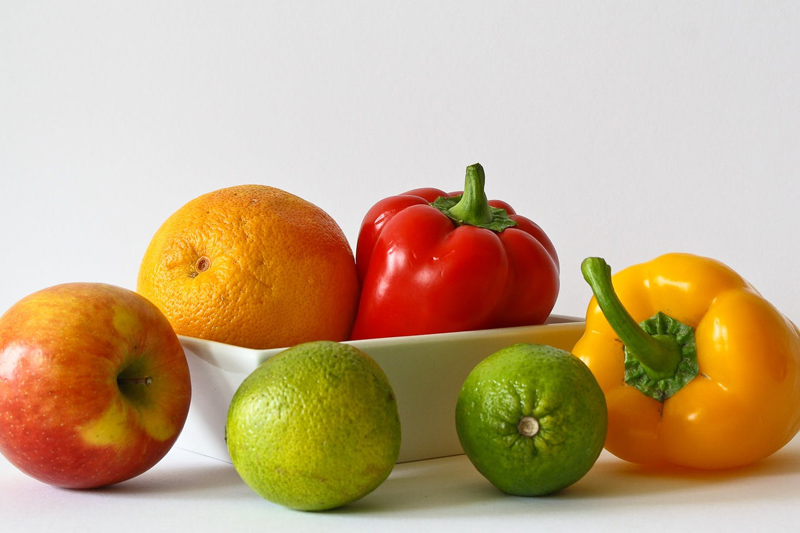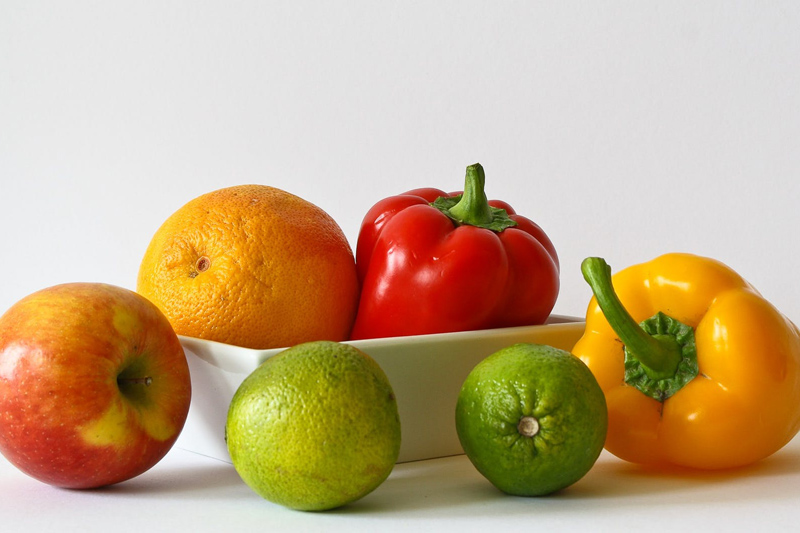Persimmon Pork Medallions Recipe

Wild, or American, persimmons are an old country treat. So bitter as to be inedible until after the first frost, they are truly a fall food. When the cold night air touches them, their astringency gives way to incredible sweetness. Then you'll have to fight the possums for them!
A ripe persimmon is a soft globe of fruit flesh almost jelly-like in consistency. The Native Americans gathered and enjoyed the persimmon, and our English word, persimmon, is based on the Algonquian word pasiminan, according to Webster's dictionary.
Persimmons are an excellent source of riboflavin (vitamin B12) and fiber, and a fair source of vitamin C.(USDA Nutrient Database) They taste somewhat like an apricot, with a hint of honey and floral notes.
Wild persimmons have a number of flat seeds. The peel almost slides off the ripe fruit, but seed removal can be a chore! When I was a child, all the old folks said they could predict the weather from the persimmon seed. Splitting a seed open would reveal a shape inside the seed: A knife shape meant a cold, icy winter, a spoon shape meant plenty of snow, and a fork meant a mild winter. (However, the seeds are so slippery, I don't see how anyone could safety cut one in half.)
Dozens of varieties of persimmons exist around the world, particularly in warm climates. Many are imported to the United States, and others are grown in temperate regions of America, such as California and Texas.
According to the California Rare Fruit growers, Inc., all those varieties can be classified into two types of commercially available persimmons: those that are astringent until ripe or those that are nonastringent (even when green). Hachiya is a commonly available astringent variety. Make sure it is soft ripe before eating. This fruit does continue to ripen if kept at room temperature. Fuyu is a popular nonastringent variety.
If a recipe specifies a variety of persimmon, it could be very important! The nonastringent fruit can be eaten while firm, cut up for salads, etc, which would be a difficult task with a ripe, astringent persimmon. My Persimmon Pork Medallions were made with wild persimmons. Ripe, astringent varieties could be substituted, or even apricots or apples.
Persimmon Pork Medallions
2 Tablespoons peanut oil
6 Pork loin medallions or lean pork chops
1 medium onion, chopped
2 Tablespoons cranberry-jalapeno jam
1/2 Cup dry hard cider (like Woodchuck Dark and Dry or Strongbow)
1 1/2 Cups chicken stock
1/2 Cup wild persimmon pulp (about 6 persimmons, seeds and skin removed)
1 Tablespoon butter
Kosher salt and fresh ground pepper
Pat dry the pork medallions with paper towels.
Heat oil and brown the meat until the juices run clear and it is no longer pink inside. (Use a meat thermometer; pork should be cooked to an internal temperature of 160 degree F, according to the USDA.)
Drain the pork on a paper towel and keep warm.
Brown the onion in the same oil. When onion is soft and brown, remove from pan and save with the pork. Deglaze the pan with the hard cider, then add the jam and chicken stock. Allow to cook down a bit, until it starts to thicken. Add the persimmon pulp and butter, then return the pork and onions to the pan for a minute or two to warm. Add Kosher salt and fresh-ground pepper as needed.
Serve over egg noodles, rice, or potatoes.
A ripe persimmon is a soft globe of fruit flesh almost jelly-like in consistency. The Native Americans gathered and enjoyed the persimmon, and our English word, persimmon, is based on the Algonquian word pasiminan, according to Webster's dictionary.
Persimmons are an excellent source of riboflavin (vitamin B12) and fiber, and a fair source of vitamin C.(USDA Nutrient Database) They taste somewhat like an apricot, with a hint of honey and floral notes.
Wild persimmons have a number of flat seeds. The peel almost slides off the ripe fruit, but seed removal can be a chore! When I was a child, all the old folks said they could predict the weather from the persimmon seed. Splitting a seed open would reveal a shape inside the seed: A knife shape meant a cold, icy winter, a spoon shape meant plenty of snow, and a fork meant a mild winter. (However, the seeds are so slippery, I don't see how anyone could safety cut one in half.)
Dozens of varieties of persimmons exist around the world, particularly in warm climates. Many are imported to the United States, and others are grown in temperate regions of America, such as California and Texas.
According to the California Rare Fruit growers, Inc., all those varieties can be classified into two types of commercially available persimmons: those that are astringent until ripe or those that are nonastringent (even when green). Hachiya is a commonly available astringent variety. Make sure it is soft ripe before eating. This fruit does continue to ripen if kept at room temperature. Fuyu is a popular nonastringent variety.
If a recipe specifies a variety of persimmon, it could be very important! The nonastringent fruit can be eaten while firm, cut up for salads, etc, which would be a difficult task with a ripe, astringent persimmon. My Persimmon Pork Medallions were made with wild persimmons. Ripe, astringent varieties could be substituted, or even apricots or apples.
Persimmon Pork Medallions
2 Tablespoons peanut oil
6 Pork loin medallions or lean pork chops
1 medium onion, chopped
2 Tablespoons cranberry-jalapeno jam
1/2 Cup dry hard cider (like Woodchuck Dark and Dry or Strongbow)
1 1/2 Cups chicken stock
1/2 Cup wild persimmon pulp (about 6 persimmons, seeds and skin removed)
1 Tablespoon butter
Kosher salt and fresh ground pepper
Pat dry the pork medallions with paper towels.
Heat oil and brown the meat until the juices run clear and it is no longer pink inside. (Use a meat thermometer; pork should be cooked to an internal temperature of 160 degree F, according to the USDA.)
Drain the pork on a paper towel and keep warm.
Brown the onion in the same oil. When onion is soft and brown, remove from pan and save with the pork. Deglaze the pan with the hard cider, then add the jam and chicken stock. Allow to cook down a bit, until it starts to thicken. Add the persimmon pulp and butter, then return the pork and onions to the pan for a minute or two to warm. Add Kosher salt and fresh-ground pepper as needed.
Serve over egg noodles, rice, or potatoes.
You Should Also Read:
Coyote the Hungry
Persimmon-Chili-Shrimp Sauce

Related Articles
Editor's Picks Articles
Top Ten Articles
Previous Features
Site Map
Content copyright © 2023 by Kathy L. Brown. All rights reserved.
This content was written by Kathy L. Brown. If you wish to use this content in any manner, you need written permission. Contact Megan Mignot for details.



